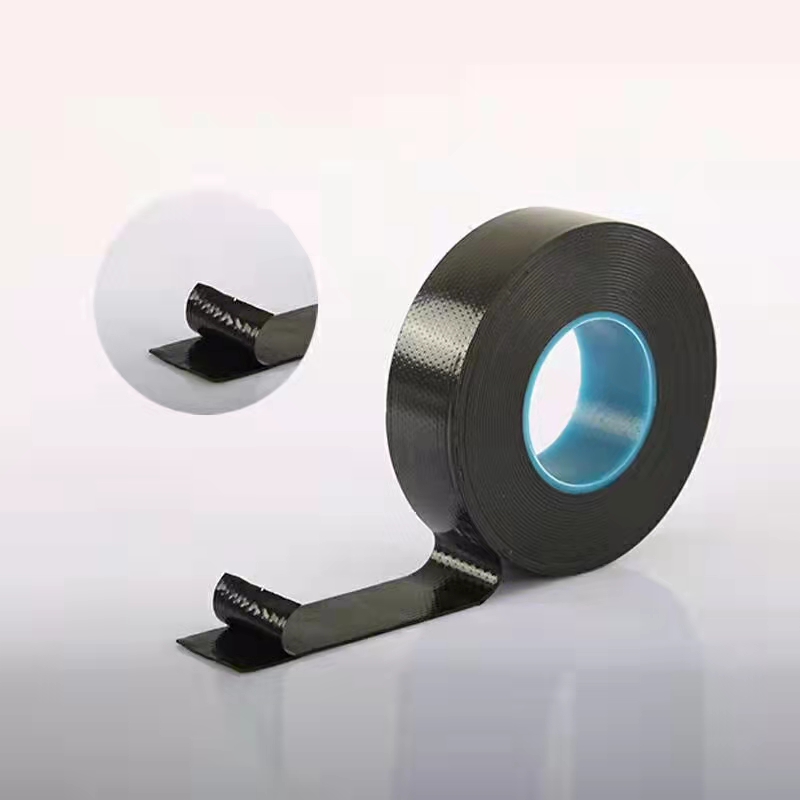The Benefits of Self-Amalgamating Tape for Leaks
In today's world, effective sealing materials are essential for various applications, from household repairs to industrial maintenance. Among the many options available, self-amalgamating tape has gained popularity for its unique features and versatility, particularly in addressing leaks. This article explores what self-amalgamating tape is, how it works, and its advantages when tackling leaks.
What is Self-Amalgamating Tape?
Self-amalgamating tape, also known as self-fusing or silicone tape, is a type of tape that doesn't have an adhesive backing like traditional tapes. Instead, it is made from a rubber-like material that bonds to itself when stretched and wrapped around a surface. This property allows the tape to fuse without the need for adhesives, making it highly effective in creating waterproof seals.
One of its fundamental components is silicone, which grants self-amalgamating tape its heat-resistance and flexibility. The tape can stretch significantly, making it easy to apply around curved or irregular surfaces, and once it’s in place, it creates a tight, waterproof seal.
How Does It Work?
The process of using self-amalgamating tape is straightforward. To seal a leak, users simply cut the desired length of tape and stretch it while wrapping it around the area needing repair. As the tape overlaps itself, it fuses together, creating a solid, impermeable barrier. The more layers applied, the thicker and more secure the seal becomes.
This fusion process is crucial for leaks, as it ensures that no gaps remain, which could allow moisture to penetrate. The tape's ability to conform to various shapes and sizes makes it an ideal solution for a wide range of leaks, including those found in plumbing, automotive, electrical, and even outdoor settings.
self amalgamating tape for leaks

Advantages of Self-Amalgamating Tape
1. Ease of Use One of the most significant advantages of self-amalgamating tape is its ease of application. Users do not need special skills or tools; simply stretch and wrap the tape around the problem area. This user-friendly characteristic makes it accessible for DIY enthusiasts and professionals alike.
2. Versatility This tape can be used on various materials, including metals, plastics, rubber, and more. It works well on pipes, hoses, wires, and even outdoor equipment. Whether you are dealing with a leaking faucet or a frayed electrical cable, self-amalgamating tape provides a quick and reliable solution.
3. Durability Made from high-quality materials, self-amalgamating tape is resistant to UV rays, water, and temperature fluctuations. This durability ensures that repairs can last, reducing the need for frequent replacements.
4. Non-adhesive Properties Since it does not leave adhesive residues, self-amalgamating tape can be removed without damaging the underlying surface. This factor is particularly beneficial for sensitive applications, such as electrical works, where adhesive residues could hinder performance.
5. Temperature Resistance Self-amalgamating tape can withstand a broad range of temperatures, making it suitable for both indoor and outdoor use. It remains effective in extreme conditions, whether in freezing temperatures or high heat.
Conclusion
In summary, self-amalgamating tape is an incredibly useful tool for addressing leaks across various applications. Its unique self-fusing properties, ease of use, durability, and versatility make it a go-to solution for many individuals and professionals. Whether you're handling a simple household repair or managing more complex maintenance tasks in industrial settings, self-amalgamating tape is a reliable choice that can save you time and money while ensuring effective sealing against leaks.
-
XIANGFAN Rubber Tape-Ultimate Solutions for All Your Insulation NeedsNewsJun.24,2025
-
XIANGFAN Rubber Tape-Protection for Industrial and Residential ApplicationsNewsJun.24,2025
-
XIANGFAN Rubber Tape: Superior Safety and Sealing for Demanding EnvironmentsNewsJun.24,2025
-
XIANGFAN Rubber Tape: Reliable Solutions for Every Electrical ChallengeNewsJun.24,2025
-
XIANGFAN Electrical & Industrial Tape: Powering Reliability Across IndustriesNewsJun.24,2025
-
XIANGFAN Electrical & Industrial Tape: Excellence in Every ApplicationNewsJun.24,2025
